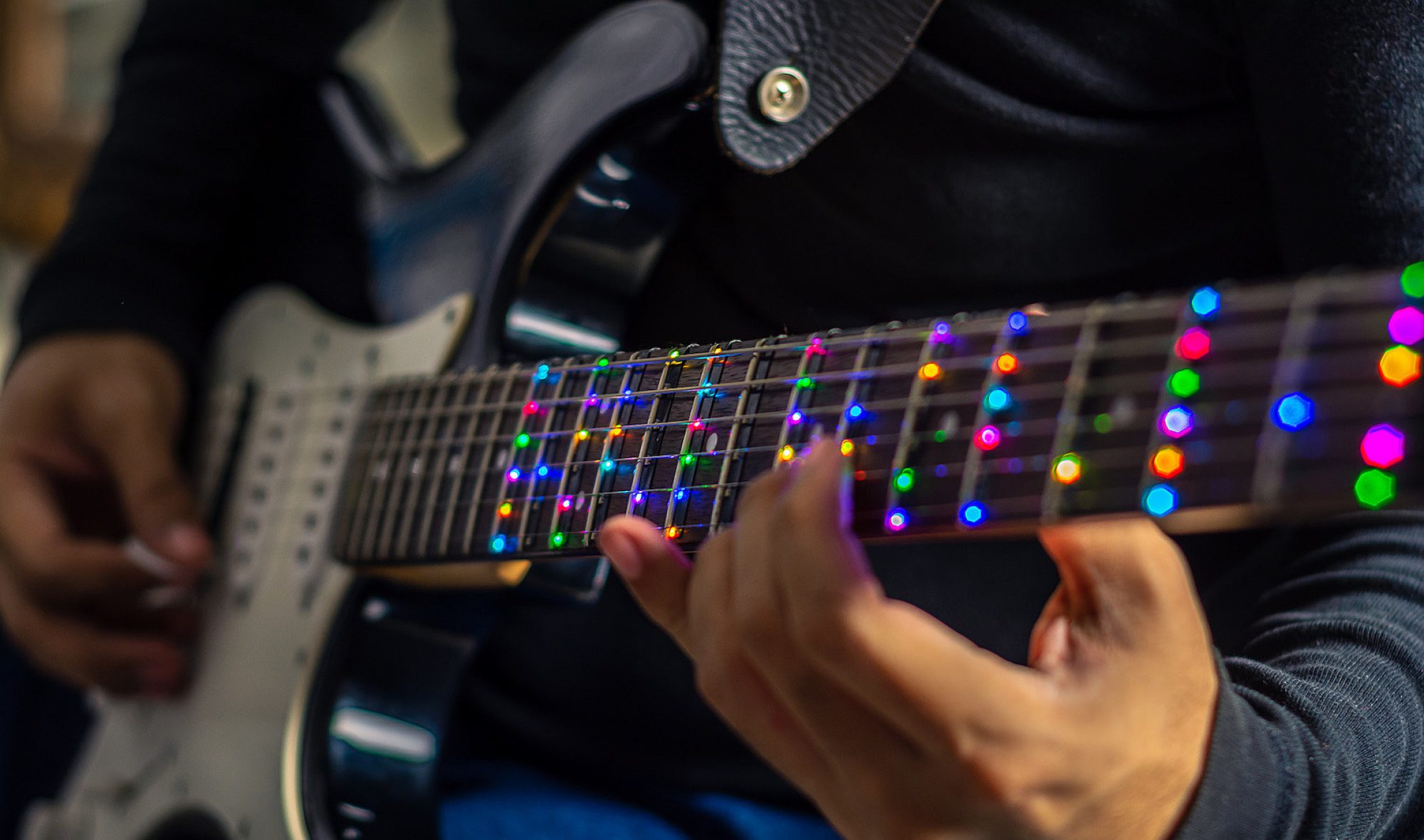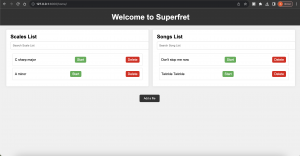The most significant risks that we are currently dealing with are the detection of which string is strummed and that the same note can be played with different fingerings.
We currently have a plan regarding how to detect the user strumming, although we do not have a method yet to determine which string was strummed. We have been brainstorming various methods to do this, all of which have potential. The first is performing capacitive touch sensing of the strings. This may be difficult though since the user may rest their fingers on the strings other than the one they are strumming. Additionally, the strings are already being driven by other signals so we would have to perform some sort of multiplexing on the strings to do this. We have also considered using COTS inductive pickups, although we have yet to find one that has an individual output for each string, which we need. One final method is to use a separate microcontroller with the sole purpose of sampling audio, performing an FFT, and sending this to the Teensy. The Teensy loop is likely going to be on the order of 100Hz, which means it cannot sample audio fast enough.
Regarding determining which finger placement to use, our current plan is to determine the physical distance between the previous note and the various finger positions for the next note, and choose the closest. This will involve creating a simple distance metric that the Teensy can run.
No major changes have been made to the system block diagram or implementation. One minor change is that we originally planned on using a 12V power supply along with a 5V buck converter. This would enable plugging in a 3S LiPo battery for mobile use. This was done to remove the need for a 5V 5A buck converter. In the future, if we would like to use a battery, we can simply add a buck converter with a battery connector on one side and a 5V barrel plug on the other side.
No changes to the schedule have been made
This week’s accomplishments:
- Tushaar developed a state machine for the Teensy and decoded a MIDI file. He also has been able to run the NeoPixel library on the Teensy and control a series of 16 LEDs
- Ashwin set up the RPi with Django and has hosted the webapp from it. The webapp currently has the ability to upload MIDI files and delete them. The Pi has been setup so it can be easily accessed via a2superfret.wifi.local.cmu.edu.
- Owen has finished the design of the fretboard PCB and sent it out for fabrication. He has also created a circuit that can do strum detection with a fairly high accuracy, although this will need to be tested on the actual guitar
- As a team, we ordered the guitar and discussed exactly what data and signals we want to send between the microcontroller and Pi

This coming week we hope to verify certain aspects of the guitar, such as the continuity of the guitar strings, the string spacing and fret spacing, and analyze the audio picked up by a microphone in the guitar. As a team, we hope to further refine the signals sent between the Pi and Teensy. We also hope to assemble the PCBs if they arrive so that we can begin writing to the LEDs on the boards and writing code to read from the frets.












